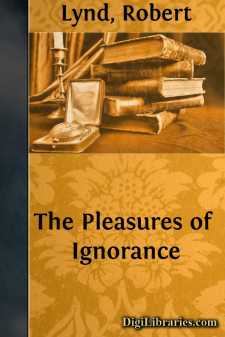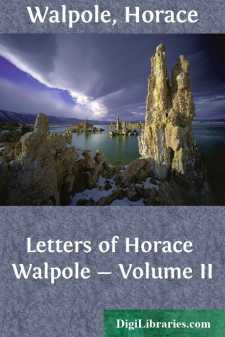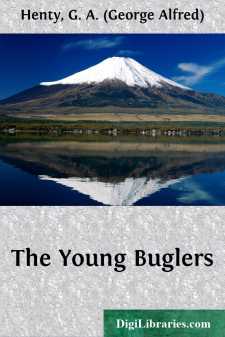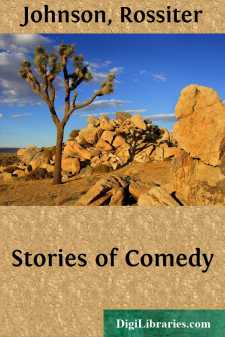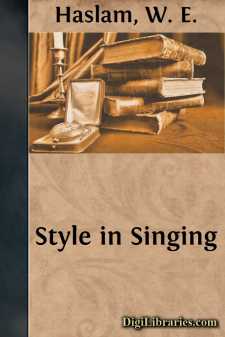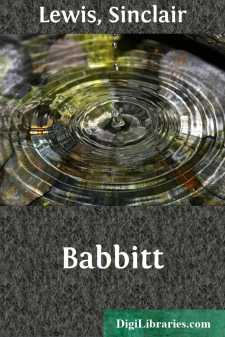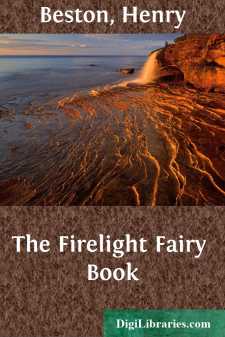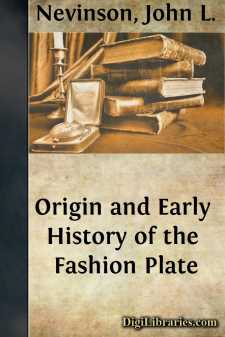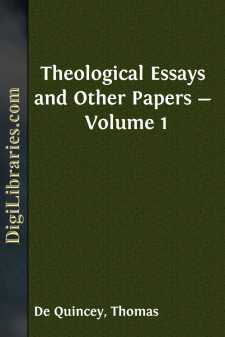Categories
- Antiques & Collectibles 13
- Architecture 36
- Art 48
- Bibles 22
- Biography & Autobiography 813
- Body, Mind & Spirit 142
- Business & Economics 28
- Children's Books 16
- Children's Fiction 13
- Computers 4
- Cooking 94
- Crafts & Hobbies 4
- Drama 346
- Education 46
- Family & Relationships 57
- Fiction 11829
- Games 19
- Gardening 17
- Health & Fitness 34
- History 1377
- House & Home 1
- Humor 147
- Juvenile Fiction 1873
- Juvenile Nonfiction 202
- Language Arts & Disciplines 88
- Law 16
- Literary Collections 686
- Literary Criticism 179
- Mathematics 13
- Medical 41
- Music 40
- Nature 179
- Non-Classifiable 1768
- Performing Arts 7
- Periodicals 1453
- Philosophy 64
- Photography 2
- Poetry 896
- Political Science 203
- Psychology 42
- Reference 154
- Religion 513
- Science 126
- Self-Help 84
- Social Science 81
- Sports & Recreation 34
- Study Aids 3
- Technology & Engineering 59
- Transportation 23
- Travel 463
- True Crime 29
Sort by:
by:
Robert Lynd
I THE PLEASURES OF IGNORANCE It is impossible to take a walk in the country with an average townsman—especially, perhaps, in April or May—without being amazed at the vast continent of his ignorance. It is impossible to take a walk in the country oneself without being amazed at the vast continent of one's own ignorance. Thousands of men and women live and die without knowing the difference...
more...
by:
Horace Walpole
A SELECTION FROM THE LETTERS OF HORACE WALPOLE. VOLUME II. MADAME DE BOUFFLERS AT STRAWBERRY—THE FRENCH OPINION OF THE ENGLISH CHARACTER—RICHARDSON'S NOVELS—MADAME DE BEAUMONT. TO SIR HORACE MANN. ARLINGTON STREET, Dec. 20, 1764. … My journey to Paris is fixed for some time in February, where I hear I may expect to find Madame de Boufflers, Princess of Conti. Her husband is just dead; and...
more...
CHAPTER I. A COACHING ADVENTURE. Had any of the boys in the lower forms of Eton in the year 1808, been asked who were the most popular boys of their own age, they would have been almost sure to have answered, without the slightest hesitation, Tom and Peter Scudamore, and yet it is probable that no two boys were more often in disgrace. It was not that they were idle, upon the contrary, both were fairly...
more...
by:
Rossiter Johnson
OUTWARD BOUND. ARNY O'REIRDON was a fisherman of Kinsale, and a heartier fellow never hauled a net nor cast a line into deep water: indeed Barny, independently of being a merry boy among his companions, a lover of good fun and good whiskey, was looked up to, rather, by his brother fishermen, as an intelligent fellow, and few boats brought more fish to market than Barny O'Reirdon's; his...
more...
by:
W. E. Haslam
PREFATORY NOTE “OF making many books there is no end.” Surely, the weary observation of the sage must have an especial application to the literature of Song. One could not number the books—anatomical, physiological, philosophical—on the Voice. A spacious library could easily be furnished with “Methods” of Singing. Works treating of the laws governing the effective interpretation of...
more...
by:
John Morley
I am well aware that to try to write Mr. Gladstone's life at all—the life of a man who held an imposing place in many high national transactions, whose character and career may be regarded in such various lights, whose interests were so manifold, and whose years bridged so long a span of time—is a stroke of temerity. To try to write his life to-day, is to push temerity still further. The ashes...
more...
by:
Sinclair Lewis
CHAPTER I THE towers of Zenith aspired above the morning mist; austere towers of steel and cement and limestone, sturdy as cliffs and delicate as silver rods. They were neither citadels nor churches, but frankly and beautifully office-buildings. The mist took pity on the fretted structures of earlier generations: the Post Office with its shingle-tortured mansard, the red brick minarets of hulking old...
more...
by:
Henry Beston
THE QUEEN OF LANTERN LAND Once upon a time the youngest son of a king became filled with the desire to go abroad and see the world. He got his father's permission to depart, kissed his parents good-bye, mounted his black horse, and galloped away down the high road. Soon the gray towers of the old castle in which he was born hid themselves behind him. The Prince journeyed on, spending the days in...
more...
by:
John L. Nevinson
A fashion plate is a costume portrait indicating a suitable style of clothing that can be made or secured. Fashion illustration began in the late 15th and early 16th centuries with portrait pictures that made a personâs identity known not by his individual features but rather by his dress. This paper, based on a lecture given in the fall of 1963 at the Metropolitan Museum, New York, traces the...
more...
ON CHRISTIANITY, AS AN ORGAN OF POLITICAL MOVEMENT. [1846.] FORCES, which are illimitable in their compass of effect, are often, for the same reason, obscure and untraceable in the steps of their movement. Growth, for instance, animal or vegetable, what eye can arrest its eternal increments? The hour-hand of a watch, who can detect the separate fluxions of its advance? Judging by the past, and the...
more...


